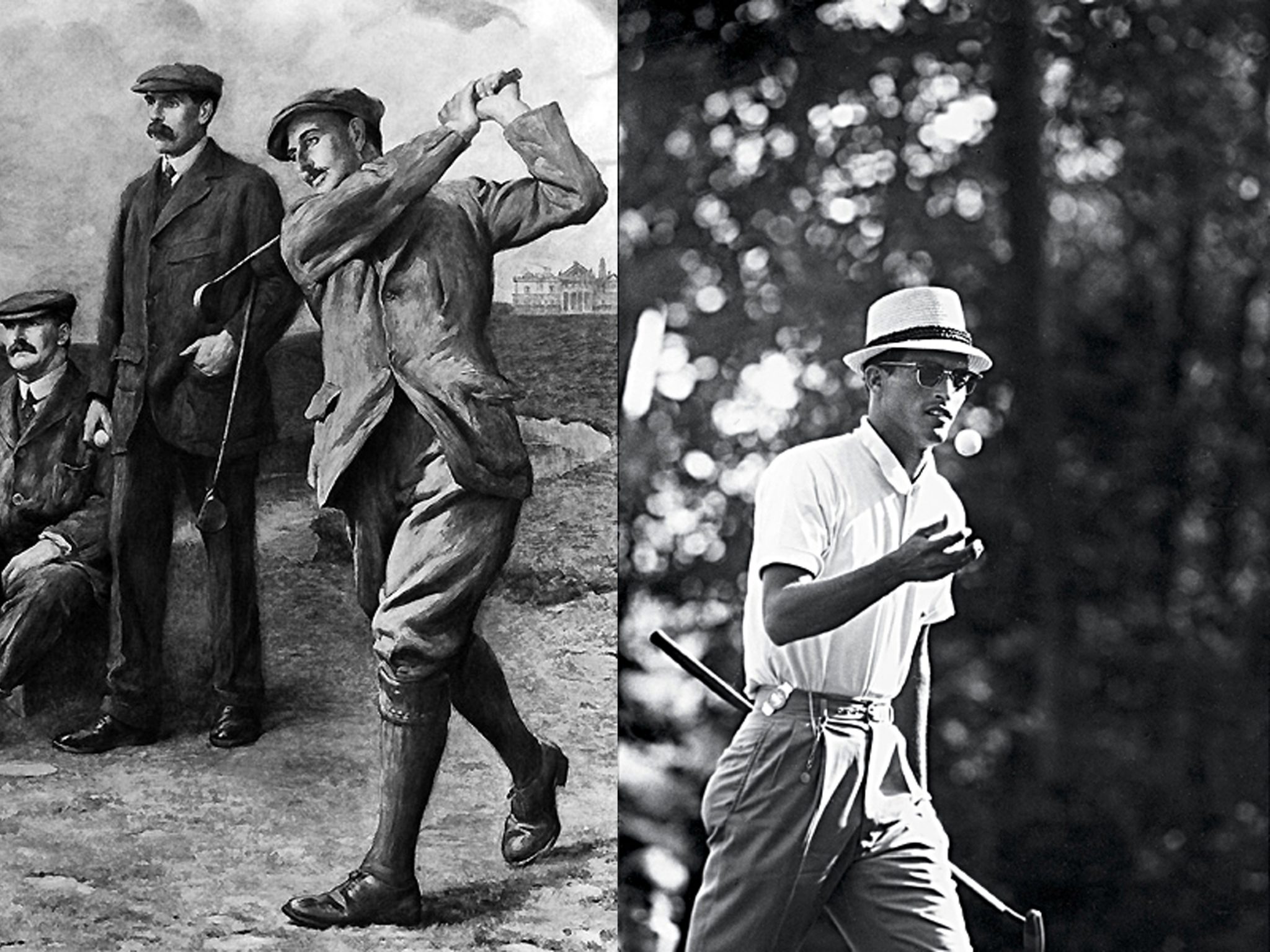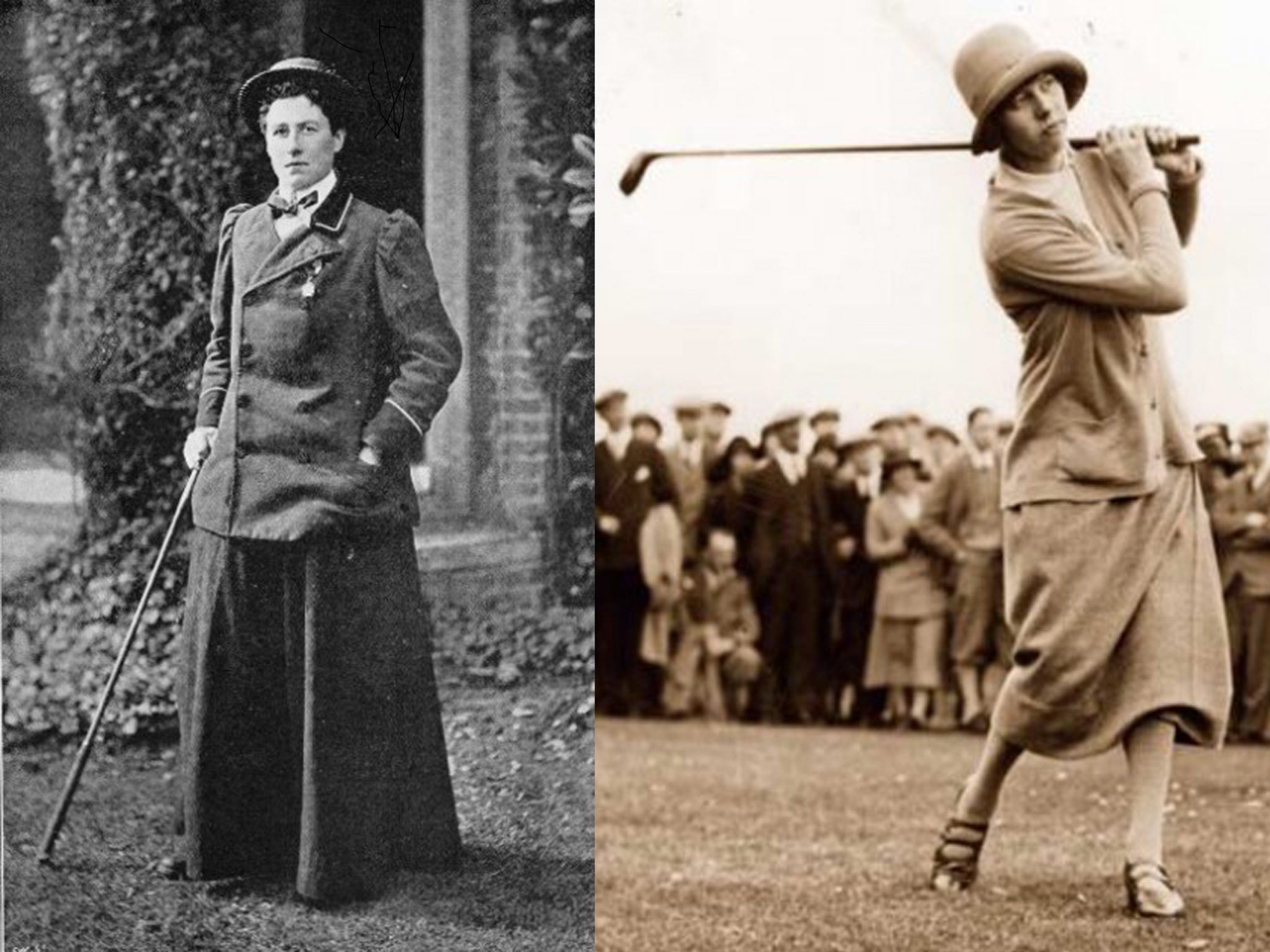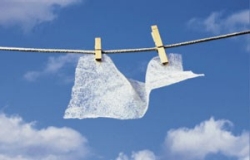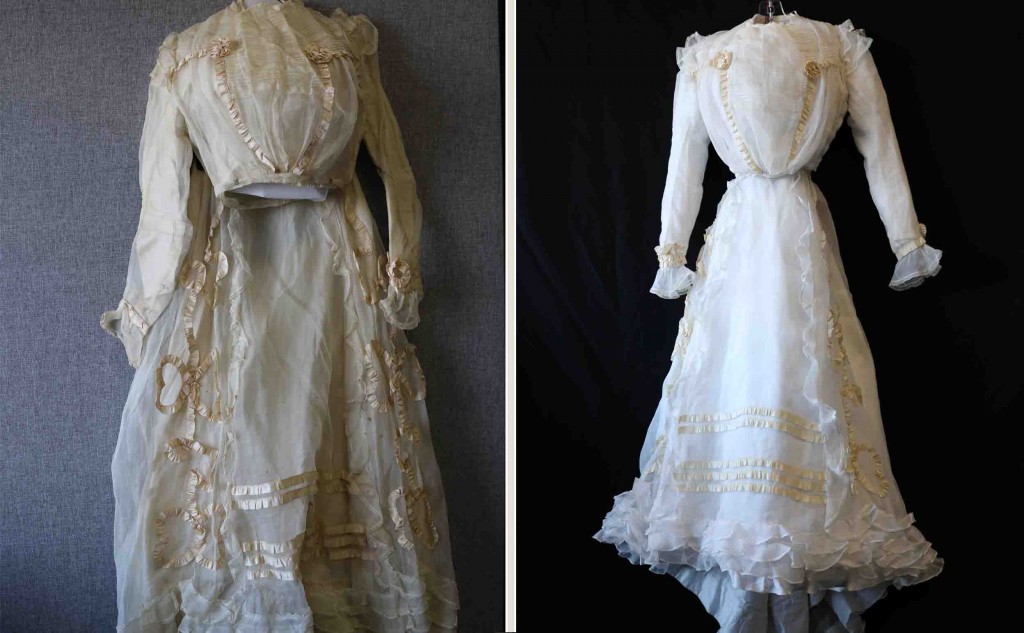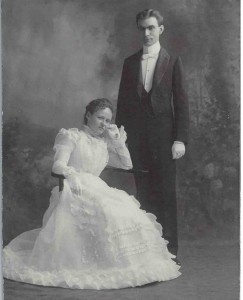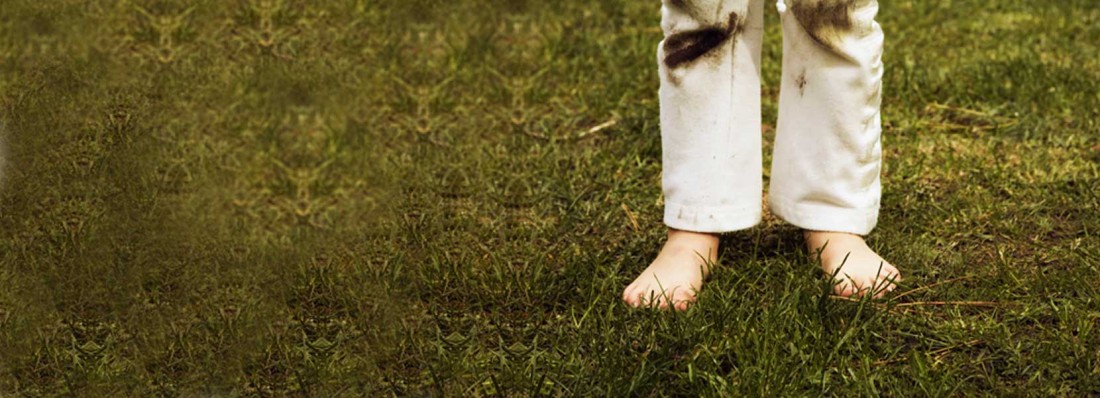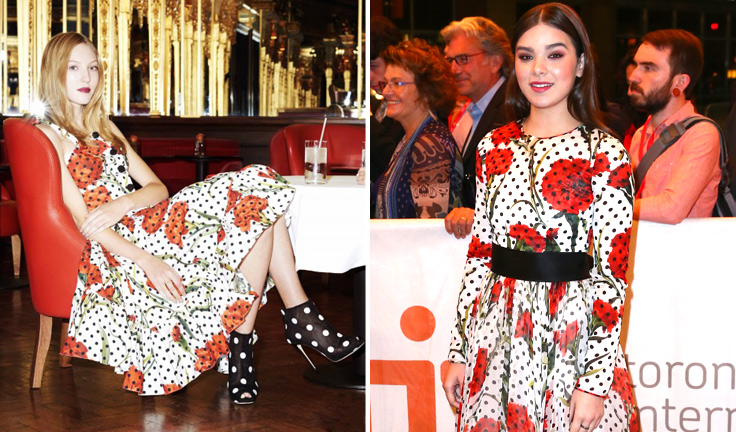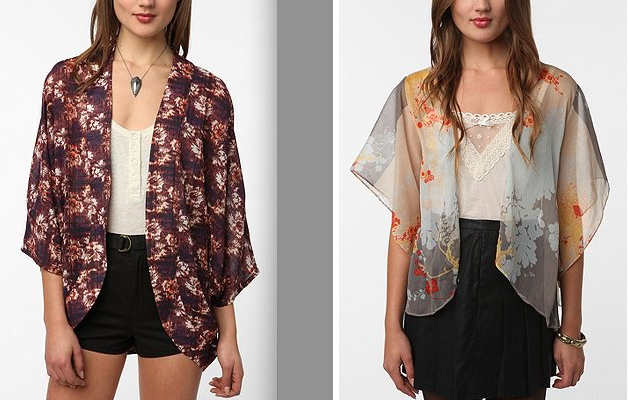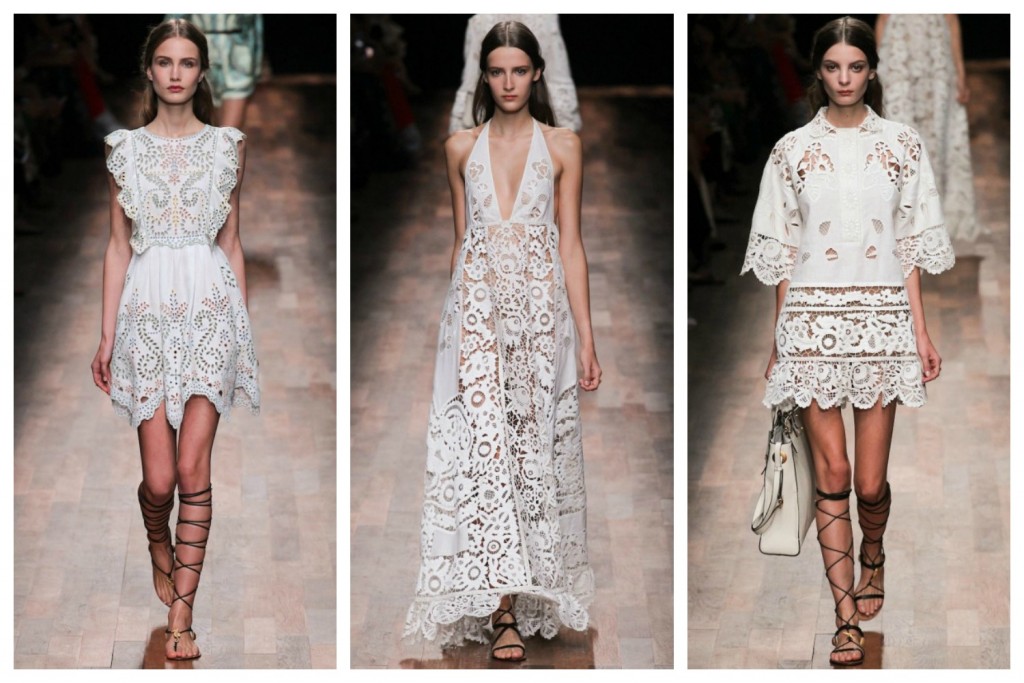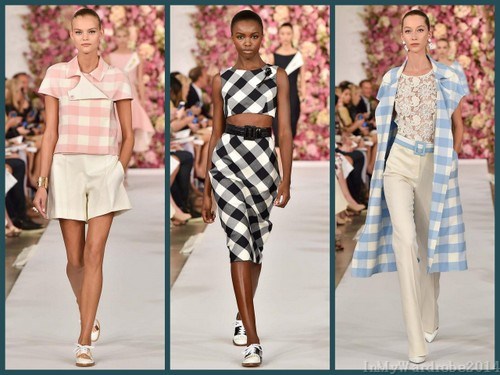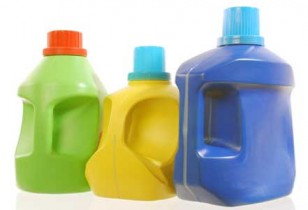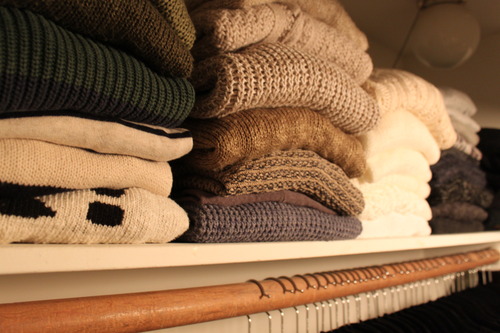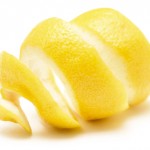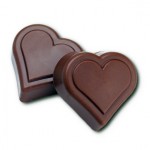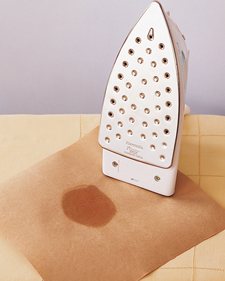Dress For Success: The Payoff
Does the way you dress affect the way you perform at work? It actually plays a bigger role than you might think.
Everyone has that “lucky shirt” to wear to an interview that makes you stand taller, appear confident and (hopefully) get the job. Why not apply that feeling to everyday life? Wearing nice clothes in a work environment affects how confident you feel, how others can perceive you and your ability to think abstractly.
If those attributes don’t peak your attention, maybe money will. A 2014 study at Yale put men in sweatpants and plastic sandals, neutral business casual attire, and suits, and asked them to buy and sell in mock negotiations. Those dressed poorly earned the least of the theoretical profit and those dressed in suits earned the most. While you wouldn’t wear sweatpants to work, unless you’re a personal trainer, the extra money you spend in nicer clothes for work could come back ten-fold.
There’s a psychological effect to what you choose to wear every day. Just like putting on sneakers puts your mind in a mood to exercise, putting on a suit and tie will thrust you into work mode and give you the push to perform your best. You’re able to think more creatively and see the big picture and be less likely to “sweat the small stuff.”
Even the meaning or brand behind the clothes you wear can impact how you hold yourself. Northwestern did a study on the power of a lab coat. Not only did wearing a lab coat affect how others perceived the wearer but the person wearing the lab coat had increased attention and higher performance. But, when the study gave participants the same coat but said it was a “painter’s coat” there was no positive effect. That could explain why people will pay the extra money for name-brand items over generic; it really does make a difference.
Taking care of nicer clothes does require more care, but as we’ve seen above, it also pays off. St Croix Cleaners is an eco-friendly dry cleaner, which means it’s gentler on your clothes and also makes them feel as good as they look. With extra touches like repairing buttons at no charge, stain removal and quality inspection before your clothes go home, let St Croix Cleaners be a part of your success when you dress the best!





